AC Centrifugal Fans – Complete FAQ and Technical Guide
1. What Are AC Centrifugal Fans and How Do They Work?
AC centrifugal fans—also called industrial centrifugal blowers—are air-moving devices designed to move air or gases radially outward from the fan's center. Unlike axial fans that move air parallel to the shaft, centrifugal fans use a rotating impeller to redirect airflow at 90 degrees, building up static pressure (inches H₂O) in the process.
How they work:
- Air enters axially at the single inlet or double inlet opening.
- It is accelerated outward by the spinning impeller blades.
- The volute housing converts this kinetic energy into pressure energy, delivering high-pressure airflow suitable for ducted systems or systems with filters.
This design is perfect for HVAC systems,industrial ventilation, dust collection systems, and pneumatic conveying systems, where high static pressure and reliable airflow are critical.
2. Where Are AC Centrifugal Fans Commonly Used?
Centrifugal fans are essential in many industrial, commercial, and HVAC ventilation systems, thanks to their ability to overcome system resistance:
- Air Handling Units (AHUs) in HVAC systems for air circulation, filtration, and temperature control.
- Dust Collection Systems and Air Pollution Control Equipment for capturing particulates and contaminants.
- Fume Extraction in welding shops, laboratories, and chemical processing facilities.
- Boiler Combustion Air Supply systems, providing forced draft or induced draft airflow.
- Material Handling Systems and Pneumatic Conveying Systems for moving powders, grains, or pellets.
- Cooling Systems for Machinery and Electronic Equipment.
- Cleanroom Ventilation, ensuring consistent airflow under tight contamination standards.
- Industrial Process Air Movement supporting drying, combustion, or heat exchange.
- Air Purification Systems using HEPA or carbon filtration stages.
These use cases take advantage of centrifugal fans' ability to deliver high-pressure airflow even in ducted,filtered, or high-resistance environments.
3. What Types of AC Centrifugal Fans Are Available?
Our range of AC centrifugal fans includes multiple blade types and configurations for tailored performance:
- Forward-Curved Blades:
- High-volume, low-pressure performance.
- Ideal for HVAC systems, air handling units, and quiet, low-speed applications.
- Common in commercial ventilation.
- Backward-Curved Blades:
- Higher static pressure capacity.
- Self-cleaning, reducing dust accumulation.
- More energy-efficient with optimized fan efficiency curves.
- Used in industrial ventilation systems, filtered ductwork, and process cooling.
- Radial Blades:
- Straight, rugged design for material handling.
- Handles dust-laden and particulate-rich airstreams.
- Essential for dust collection systems and abrasive environments.
- Airfoil Blades:
- Aerodynamically shaped for high-efficiency, low-noise operation.
- Best for clean air movement in premium HVAC and quiet zones.
- Common in energy-efficient ventilation solutions.
- Single Inlet and Double Inlet Configurations:
- Single inlet: Compact, easy mounting.
- Double inlet: Higher capacity, balanced airflow for large air handling units.
Each design is engineered to match airflow (CFM) and static pressure requirements while meeting noise levels (dBA) and space constraints.
4. How Do I Select the Right AC Centrifugal Fan?
Selecting the right fan is critical for system performance and energy efficiency. Key factors include:
✅Airflow Rate (CFM): How much air the fan must move.
✅Static Pressure: Total system resistance, measured in inches H₂O.
✅Air Density and Temperature Range: Adjust fan selection for hot, humid, or high-altitude conditions.
✅Noise Levels (dBA): Important for comfort HVAC or cleanroom ventilation.
✅Motor Type:
- Single-phase or three-phase options.
- Explosion-proof motors for hazardous environments.
- Variable Frequency Drive (VFD) compatibility for speed control.
✅Drive Type: - Direct drive for compact, low-maintenance setups.
- Belt drive for variable speed, larger impeller options.
✅Voltage Options: 115V, 230V, 460V—match building electrical systems.
✅Space Constraints: Fit within equipment layouts or AHU frames.
✅Certifications: UL/CSA safety standards, AMCA certification for performance.
Tip: Always check thefan performance curve to ensure it meets required CFM at the correct static pressure.
5. What Technical Specifications Should I Consider?
When engineering your ventilation system, evaluate:
- Airflow (CFM) Requirements.
- Static Pressure (inches H₂O) across ducts, filters, coils.
- Fan Efficiency ratings for energy consumption.
- Noise Levels (dBA) for occupied spaces.
- Operating Temperature Range for process or ambient air.
- Impeller Diameter and Shape for performance matching.
- RPM (Fan Speed) andVFD compatibility for adjustability.
- Motor Specifications: Voltage, phase, explosion-proof ratings.
- Drive Type: Direct drive or belt drive.
- Mounting Options: Floor, wall, ceiling, or inline duct installations.
These specs ensure your fan integrates seamlessly with HVAC systems, industrial ventilation, or process air movement needs.
6. How Do AC Centrifugal Fans Support Energy Efficiency?
Energy-efficient design is essential for lowering operating costs:
✅High-efficiency impeller designs (backward-inclined, airfoil).
✅Premium efficiency motors reduce power consumption.
✅VFD compatibility enables demand-based speed control.
✅Optimized airflow performance reduces energy waste.
✅Low-noise operation in comfort HVAC settings.
✅Customizable fan configurations to match specific duty points.
✅Cost-effective ventilation solutions for long-term savings.
Investing in energy-efficient centrifugal fans supports sustainability goals while meeting energy code requirements.
7. How Do I Maintain AC Centrifugal Fans for Long Service Life?
Professional maintenance practices extend fan life and reduce downtime:
- Regular Impeller Cleaning: Prevents imbalance from dust buildup.
- Bearing Lubrication: Critical for minimizing friction and wear.
- Vibration Analysis: Early detection of imbalance or bearing issues.
- Motor Inspection: Check electrical connections, temperature rise, and grounding.
- Fastener Checks: Ensure all mounting hardware is tight.
- Safety Guards: Verify they're intact and secure.
- Corrosion-Resistant Coatings: Inspect in harsh environments to maintain protection.
- Lockout/Tagout Procedures: Essential for safe servicing.
Routine maintenance is essential for meeting OSHA, NFPA, and NEC safety guidelines.
8. Can AC Centrifugal Fans Handle Corrosive or Hazardous Environments?
Yes! Specialized fans are engineered for demanding applications:
✔️Corrosion-Resistant Materials: Stainless steel, FRP, or coated carbon steel for chemical processing.
✔️Explosion-Proof Motors: For classified or hazardous locations.
✔️Sealed Bearings: To prevent contamination or moisture ingress.
✔️Custom Coatings: Designed for air pollution control equipment.
✔️UL/CSA Certifications: Compliance with recognized safety standards.
✔️OSHA-Compliant Guards: For operator protection.
These features ensure reliable performance in chemical plants, refineries, food processing, and other challenging environments.
9. What Certifications and Standards Should I Look For?
Certification ensures performance, safety, and compliance:
- AMCA Certification: Verifies airflow, pressure, and efficiency performance.
- UL/CSA Listed: Ensures electrical safety and construction standards.
- ISO 9001: Confirms consistent quality management in manufacturing.
- OSHA / NFPA / NEC Compliance: Required for safe industrial installations.
- Energy Code Compliance: Meets sustainability requirements.
Choosing certified fans guarantees specification compliance and reduces project risk.
10. How Do AC Centrifugal Fans Compare to Axial Fans?
|
Feature |
Centrifugal Fan |
Axial Fan |
|
Airflow Direction |
Radial (90° discharge) |
Straight axial airflow |
|
Static Pressure |
High, for ducted/filtered systems |
Low, best for open or free-flow environments |
|
Efficiency |
Designed for pressure-heavy systems |
Optimized for high airflow, low resistance |
|
Applications |
HVAC ducting, dust collection, fume extraction |
Control panel cooling, condenser units, ventilation |
|
Noise Levels |
Typically higher under load |
Lower for open-air movement |
|
Size & Cost |
Larger, more complex systems |
Compact, cost-effective solutions |
✅ Use centrifugal fans when you need high-pressure airflow through complex systems.
✅ Choose axial fans for high-volume air movement in low-resistance, open applications.


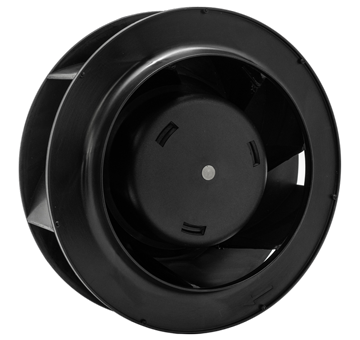
.png)
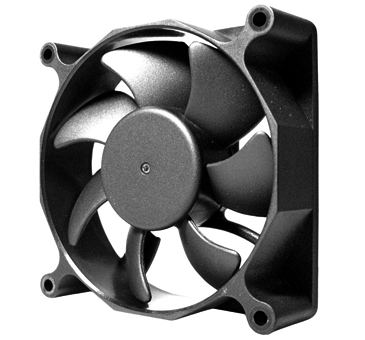
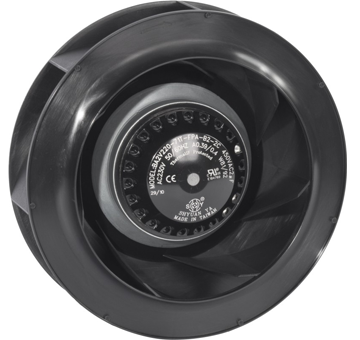
.jpg)
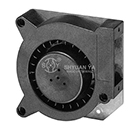
.jpg)
_top.jpg)
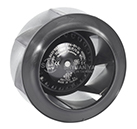
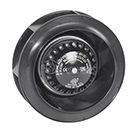
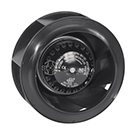
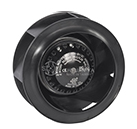
.jpg)
.jpg)
.jpg)
.jpg)
.jpg)
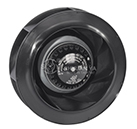
.jpg)
.jpg)
.jpg)
.jpg)
.jpg)
.jpg)
.jpg)
.jpg)
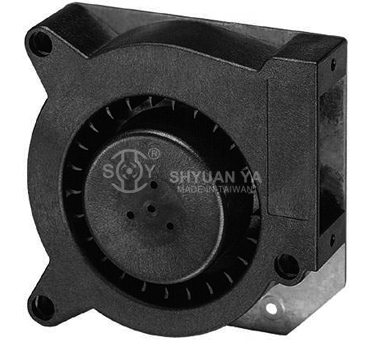
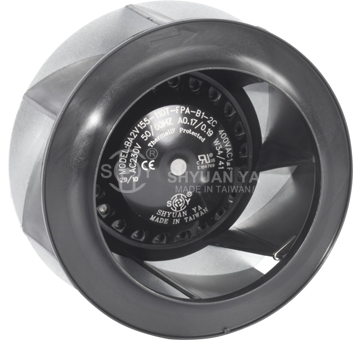
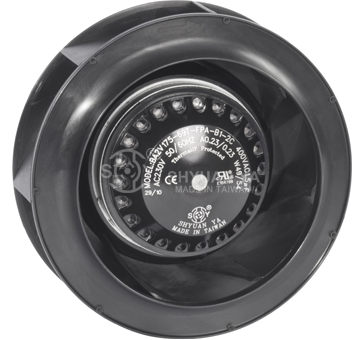
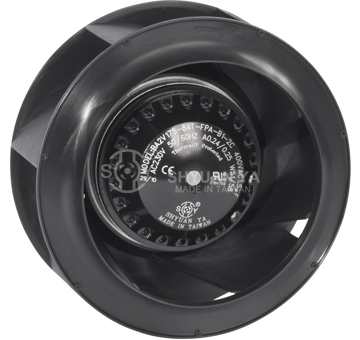
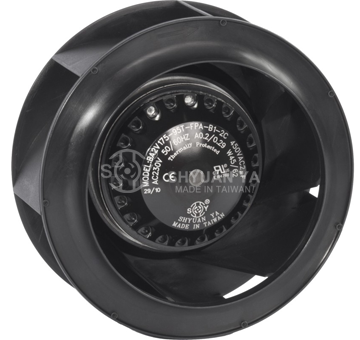
.jpg)
.jpg)
.jpg)
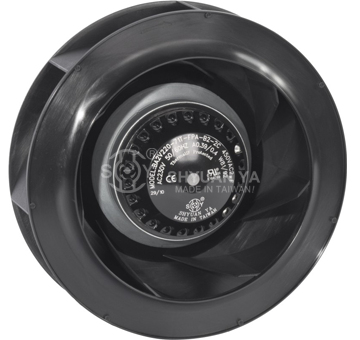
.jpg)
.jpg)
.jpg)
.jpg)
.jpg)
.jpg)
.jpg)
.jpg)
.jpg)